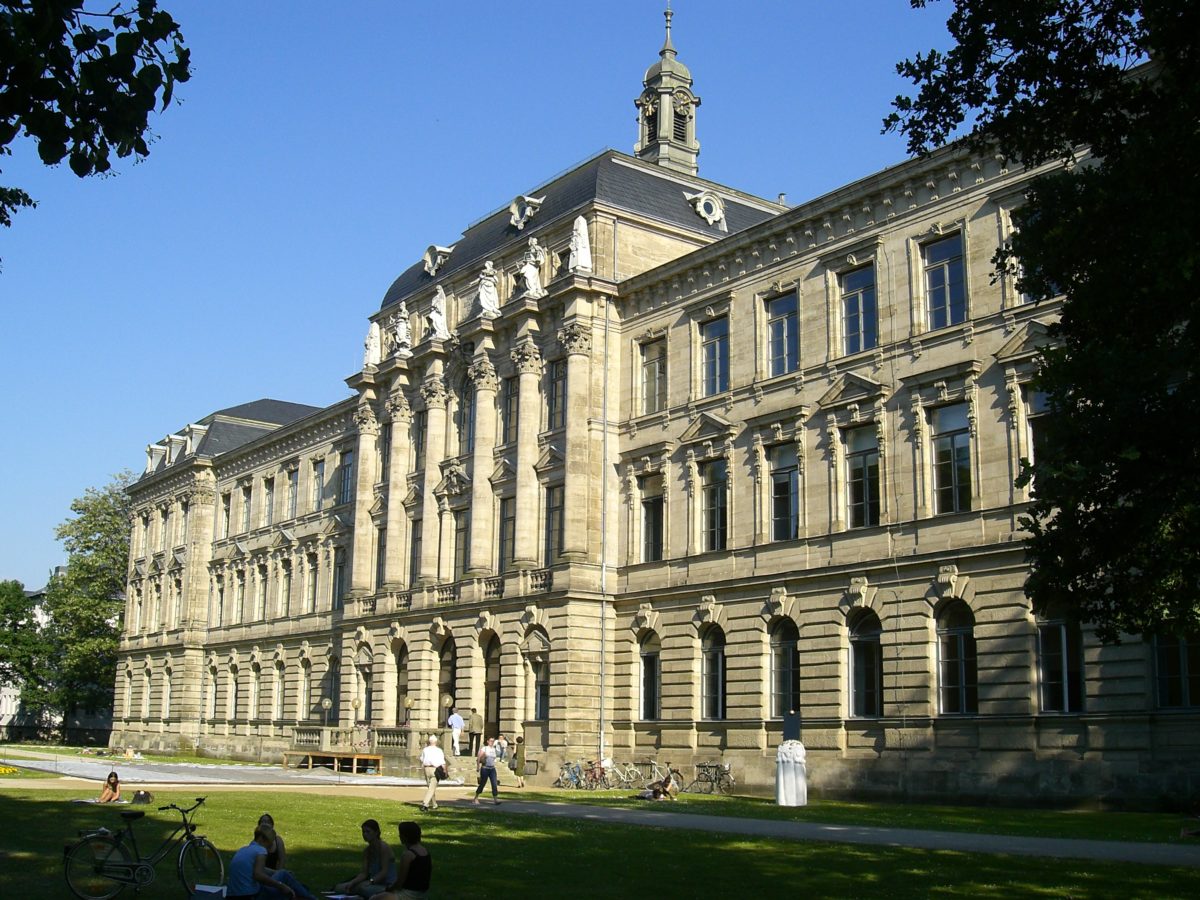Working alongside Argonne-Northwestern Solar Energy Research Center (ANSER) in the U.S., scientists from the Univeristy of Erlangen-Nuremberg say they have brought a process known as singlet fission one step closer to real world application, and that ultimately, this process could significantly boost solar cell efficiency.
Singlet fission, say the scientists, was first discovered more than 50 years ago, and its potential for boosting solar cell efficiency has been known for at least 10 years. Singlet fission is a process whereby select chemicals are used to allow a single light particle hitting a solar cell to ‘excite’ two electrons, instead of just one.
In their study ‘Unified model for singlet fission within a non-conjugated covalent pentacene dimer’, published in the journal Nature Communications, the researchers investigated the mechanisms underlying this process. They produced a molecular dimer from the hydrocarbon pentacene, which is known to be a promising candidate for singlet fission.
Using various spectroscopic methods to observe processes in the molecule, the researchers were able to verify a model for singlet fission they had previously theorized, and confirm the importance of coupling to a high charge transfer state; and that the process efficiency is closely related to coupling in the pentacene units.
“This is an important milestone on the way towards using singlet fission based PV systems to generate electricity,” states University of Erlangen-Nuremberg’s press release. “Further basic research is still required,” however.
This content is protected by copyright and may not be reused. If you want to cooperate with us and would like to reuse some of our content, please contact: editors@pv-magazine.com.




Very interesting research. However the real test of such PV is where the sun shines for more than 8 hours a day and the energy storage equipment’s efficiency also matters for the period when the night falls or sun is nit shinning.